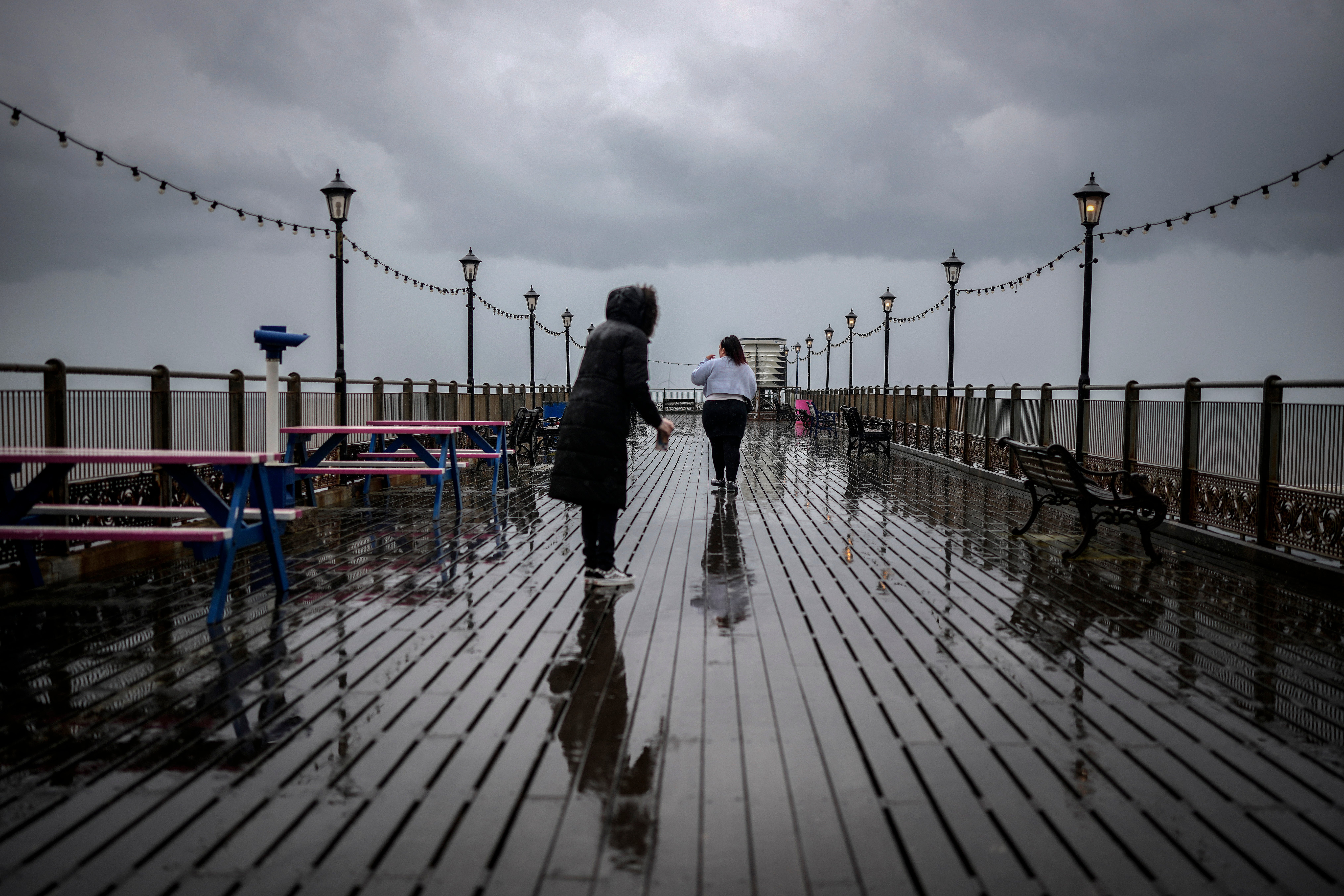Met Office gives update on September ‘heatwave’ amid reports of 26C Iberian plume
Weather this week is expected to remain mixed with clouds and occassional sunshine
Your support helps us to tell the story
From reproductive rights to climate change to Big Tech, The Independent is on the ground when the story is developing. Whether it's investigating the financials of Elon Musk's pro-Trump PAC or producing our latest documentary, 'The A Word', which shines a light on the American women fighting for reproductive rights, we know how important it is to parse out the facts from the messaging.
At such a critical moment in US history, we need reporters on the ground. Your donation allows us to keep sending journalists to speak to both sides of the story.
The Independent is trusted by Americans across the entire political spectrum. And unlike many other quality news outlets, we choose not to lock Americans out of our reporting and analysis with paywalls. We believe quality journalism should be available to everyone, paid for by those who can afford it.
Your support makes all the difference.The UK could be hit by an Iberian plume bringing 26C heat to the country, according to new weather maps.
Weather maps predict that between 2 and 6 September, the UK could be hit by a heatwave lasting at least five days.
Areas such as London, East Anglia and the Midlands will enjoy September temperatures of up to 26C, higher than tourist hotspot Barcelona.
However, the latest forecast from the Met Office for the five-day period is predicting temperatures in the low 20s for most parts of the UK.
According to the Met Office, London will reach a high of 24C on September 4, and 21C the following day. Meanwhile, temperatures in parts of the Midlands, including Birmingham, will stay at 21C on September 4 and 5.
The Met Office long-range forecast for next week predicts that “temperatures are expected to be close to average,” but may feel “rather warm in any sunshine”.
It continued: “The chance of some thundery showers towards the south is likely to remain, while any unsettled spells will probably be confined to the northwest.”
Meanwhile, weather this week is expected to remain mixed with clouds and occassional sunshine. But Friday may bring some heavier showers.
Thursday will be off to a humid start for many, as clouds and rain slowly spread east and north throughout the day, turning heavy in places. The weather will, however, remain largely fine across much of Scotland and northeastern England.
But on Friday, heavy showers are set to lash large parts of the country except Scotland, where the weather will remain largely dry.
Over the weekend, the weather once again turns dry and fine as a high-pressure system moves in with increasing amounts of sunshine.
A Met Office spokesperson said: “There are signs of high pressure starting to build in from the west of the UK through next week, however there is still uncertainty in the forecast due to Tropical Cyclone activity in the Atlantic which can influence the weather we experience in the UK.
“The longer range forecast does currently show more settled conditions especially in the south and south east of the UK, though with the chance of humid and thundery conditions in the far south or south east at times. Any more prolonged unsettled conditions confined to the far north and north west.
“There is no sign of any spell that would meet heatwave criteria in our outlook, and while settled conditions could lead to higher temperatures during the day these will be offset by cooler overnight periods.”

It comes after weeks of unsettled conditions, thunderstorms and downpours in the UK. Meanwhile, parts of Europe have been ravaged by wildfires as high temperatures saw thousands evacuated.
Fires spread through Corfu, Rhodes, Evia, Crete and the northern Peloponnese region in Greece.
The most serious fire in the country was on the island of Rhodes, where some 19,000 people had been evacuated from several locations.




Join our commenting forum
Join thought-provoking conversations, follow other Independent readers and see their replies
Comments